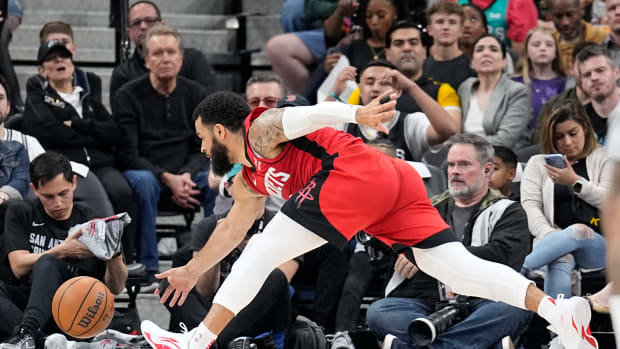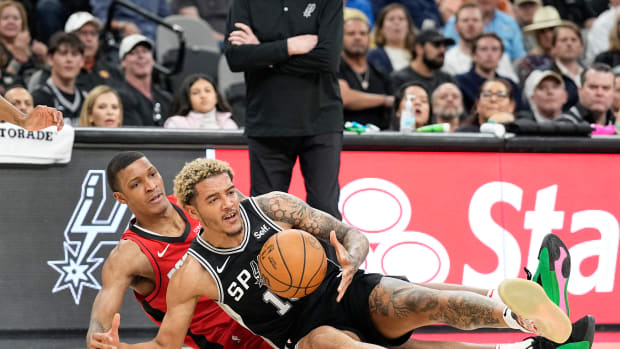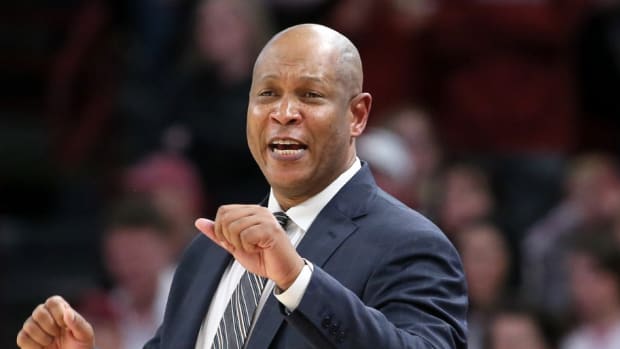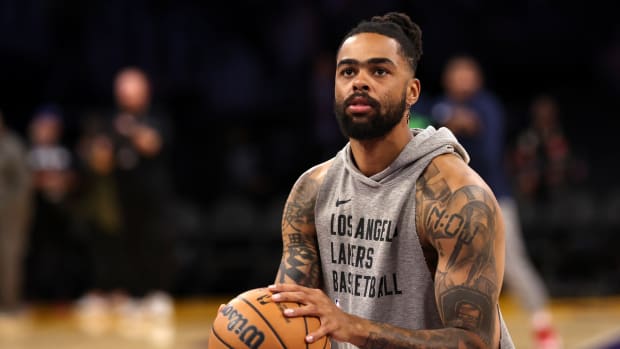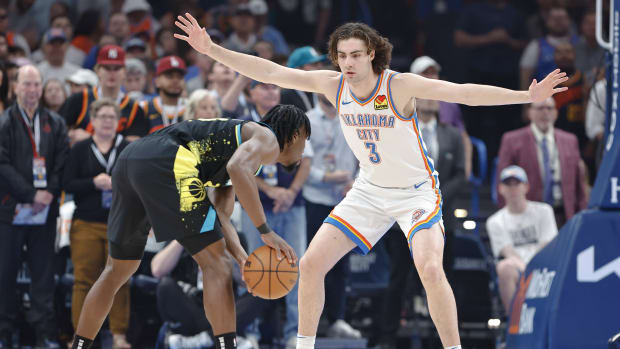Analyzing the Legal Hurdles of Bringing Back Sports
In a conference call with the leaders of 13 major U.S. professional sports leagues on Saturday, President Donald Trump voiced a desire that the NFL start the 2020 season on time and that fans be able to attend games. ESPN reports the President further opined that restarting professional sports would help to restart economic activity and bring American life back to normal.
On one hand, Trump’s wishes are shared by many. The loss of sports has not only denied fans entertainment at a time when it would be most welcomed, but the loss has also contributed to the nation’s economic turmoil. Millions of jobs are connected directly or indirectly to the playing of NFL, NBA, MLB, NHL, MLS, WNBA and other leagues’ games and competitions.
That is true of professionals who help to produce games, such as security officers, janitors, ushers, box office staff, cheerleaders, dance team members, lightening and production technicians, cashiers, cooks, concession stand workers, parking garage attendants and other typically part-time, seasonal workers. It is also true of those who work at restaurants, bars, and apparel and merchandise stores located near stadiums and arenas, and those employed in sports-related broadcasting, media, finance, advertising, marketing, hotel and travel occupations. Professionals in these sectors have experienced layoffs and furloughs since the coronavirus pandemic began. The longer sports are on hold, the worse the economic fallout will get. From that lens, Trump trying to rally the leagues’ commissioners is understandable.
On the other hand, the President’s wishes aren’t for him to decide and, at a local and state level, public safety considerations are paramount.
Remember that leagues are private businesses. While the government can stop leagues from playing games, the government can’t force them to play. Also, many of the leagues operate through a management-union relationship with players. This means the leagues and their respective players’ associations (who notably weren’t invited to join the White House call) will need to negotiate a return to play within the parameters of federal labor law.
Collective bargaining agreements will provide some clarity but won’t necessarily answer every question. For instance, testing of players for COVID-19 will require detailed procedures that haven’t yet been negotiated by management and labor. These procedures will also necessitate the advice of medical experts. The same can be said of measures needed to reduce the risk of players, coaches, staff and referees inadvertently infecting one another. Should fans attend games, that would only add another layer of complexity, both in terms of health and the law. Insurance companies that have sold policies to leagues and venues will want to weigh in, too. These aren’t straightforward issues. They’ll demand a balance of public health, personal health, privacy and legal considerations. And leagues’ commissioners aren’t the only relevant voices.
A return would also require leagues and players’ associations to resolve thorny financial considerations. As detailed on The Crossover, the NBA has the capacity to invoke a force majeure clause in Article XXXIX of its CBA. If the league elects that option, teams would essentially be relieved of the obligation to pay players while games are missed. However, the move would also terminate the CBA and endanger a relative period of labor peace for the league and its players. The NBA and National Basketball Players’ Association are attempting to avoid that outcome, but it highlights the complexity of the situation. Also, even if leagues and players can sort out the details, sponsors and networks have contracts related to the games and they’ll demand maximum payments.
Adding to the uncertainty is whether games are played with or without spectators. If fans are barred for many months or years, formulas to assess impact on players’ salaries might need reconfiguring. In the NBA, players and owners have a nearly even split of basketball related income (BRI), a term that includes gate receipts and other forms of revenue and the amount for which impacts the salary cap. BRI will drop, perhaps dramatically, as a result of the pandemic. This means the NBA’s salary cap for the 2020-21 season likely will be much lower than the 2019-20 cap of $109 million. It would make sense that NBA owners and players agree to smooth the impact of the loss over a period of several years so that it doesn’t disproportionately hurt players who are up for contracts over the next year or two. But such smoothing could take on many different forms and will require careful negotiations. MLB and MLBPA recently agreed to a plan to address some of the economics of a 2020 season, but even that agreement won’t answer every question for MLB and its players.
The interplay between federal, state and local laws also impacts when sports will return. States and municipalities have the legal authority to determine public safety policies. They can adopt policies that are stricter than those compelled by the federal government. Take gathering restrictions. In some areas, gathering restrictions make it illegal to hold games, even if spectators weren’t present at those games. In Massachusetts, for example, public gatherings of more than 25 people are prohibited. If that prohibition were to continue into the summer and fall, it would be impossible to lawfully play an NFL, NBA, NHL or MLB game at Gillette Stadium, TD Garden or Fenway Park—regardless of whether fans are in attendance.
It’s therefore not surprising that a prediction of NFL games in the fall has encountered skepticism. On Saturday, California Governor Gavin Newsom told media that he didn’t anticipate this prediction would come true in his state, which is home to the Los Angeles Rams, the Los Angeles Chargers and the San Francisco 49ers. Newsom stressed that decisions to resume play would be determined by “facts” and “health experts.”
Along those lines, even if the White House and Centers for Disease Control consider a return to play to be safe, a governor, mayor or local health board might disagree. COVID-19 hasn’t impacted the country in equal ways. Some states and cities have been hit particularly hard. There are parts of the country, including big cities with pro teams, that could be struggling with the pandemic for many months unless a vaccine is created, approved and distributed at an unusually fast speed.
We all hope the games return. But projecting a timetable for a return is not a meaningful exercise at this time. There are too many variables, including uncertainty over (1) when the pandemic will be contained and defeated; (2) when each state and city will legally determine that games would be safe; and (3) how financial losses and gains will be divided by all involved .
Michael McCann is SI’s Legal Analyst. He is also an attorney and Director of the Sports and Entertainment Law Institute at the University of New Hampshire Franklin Pierce School of Law.































